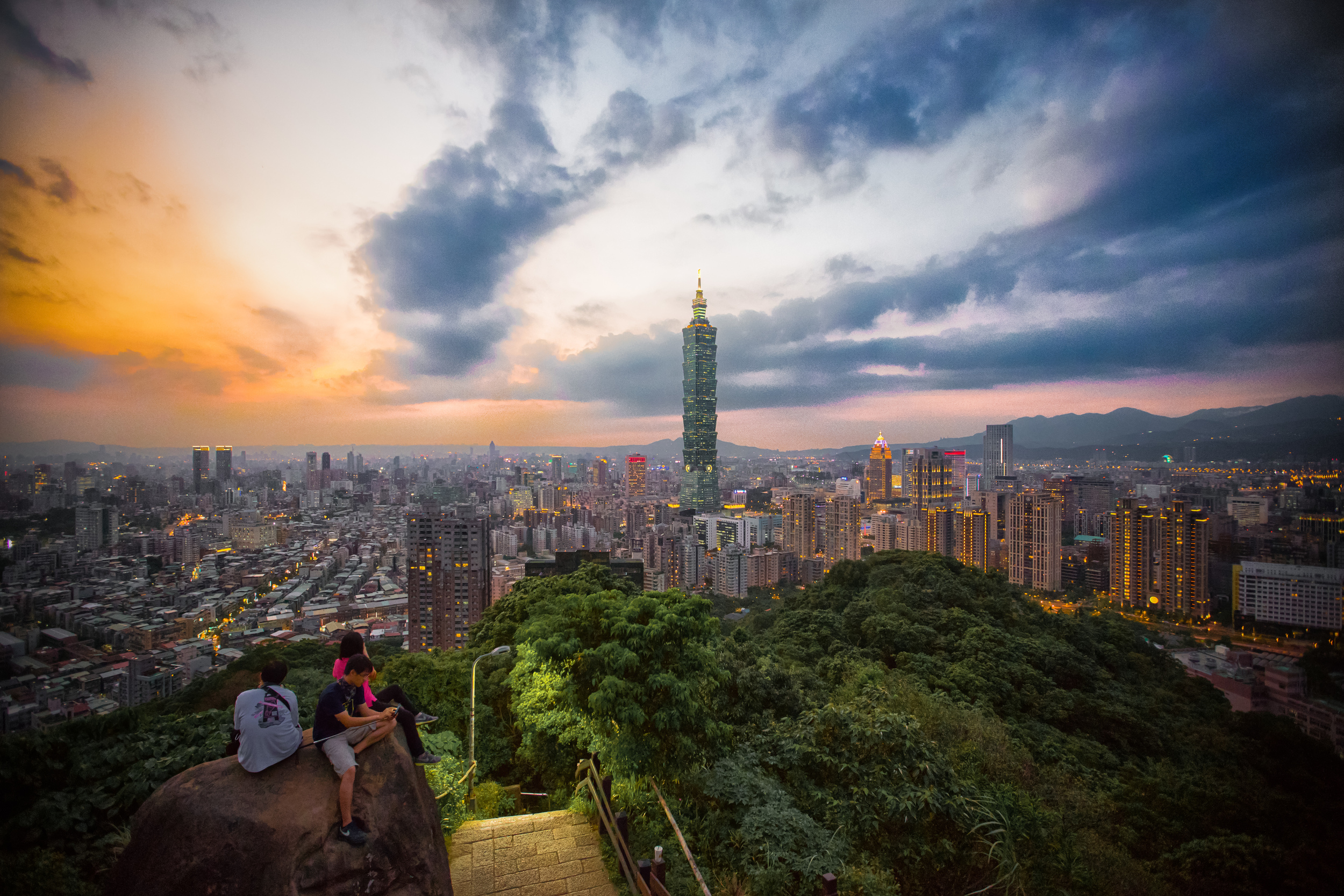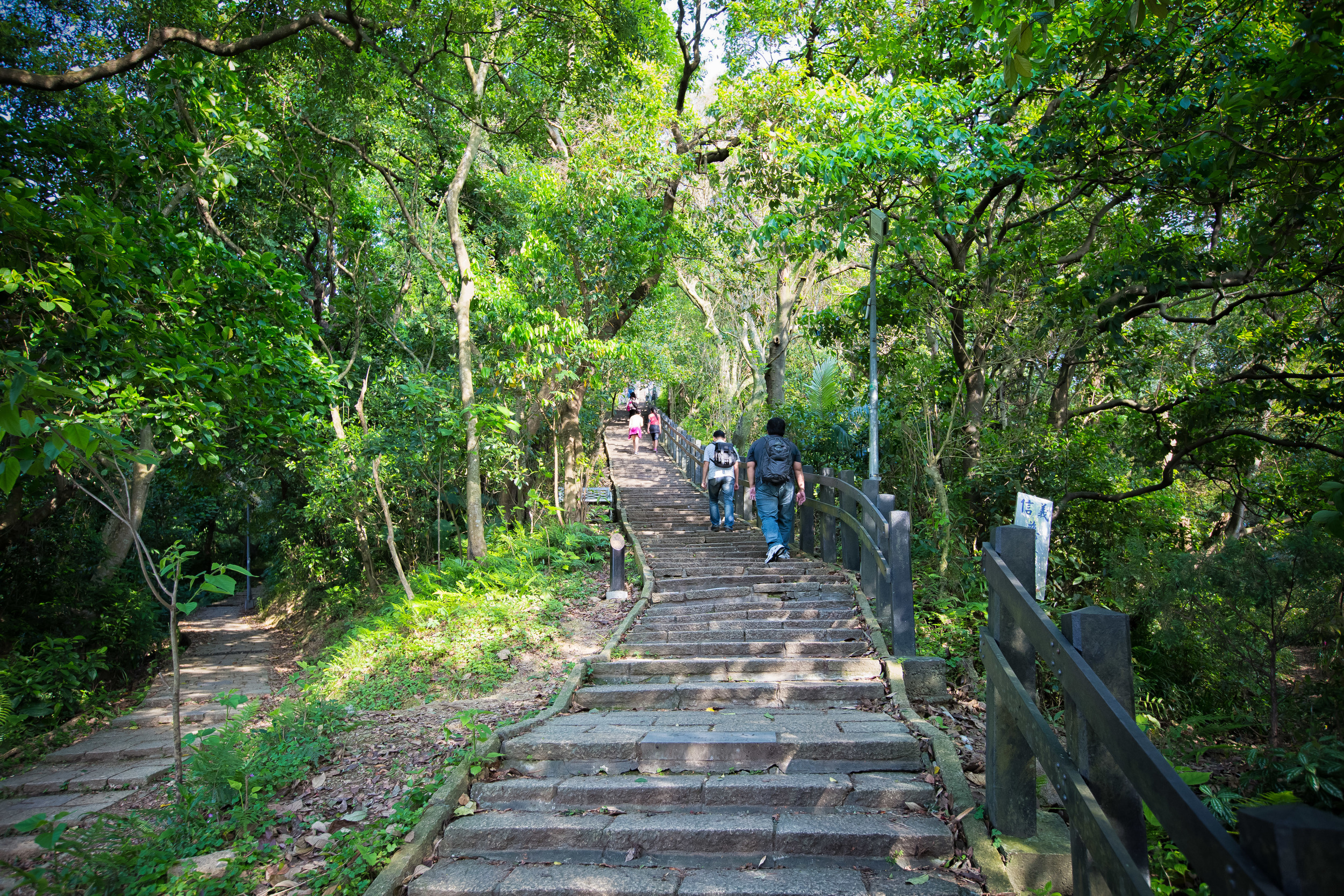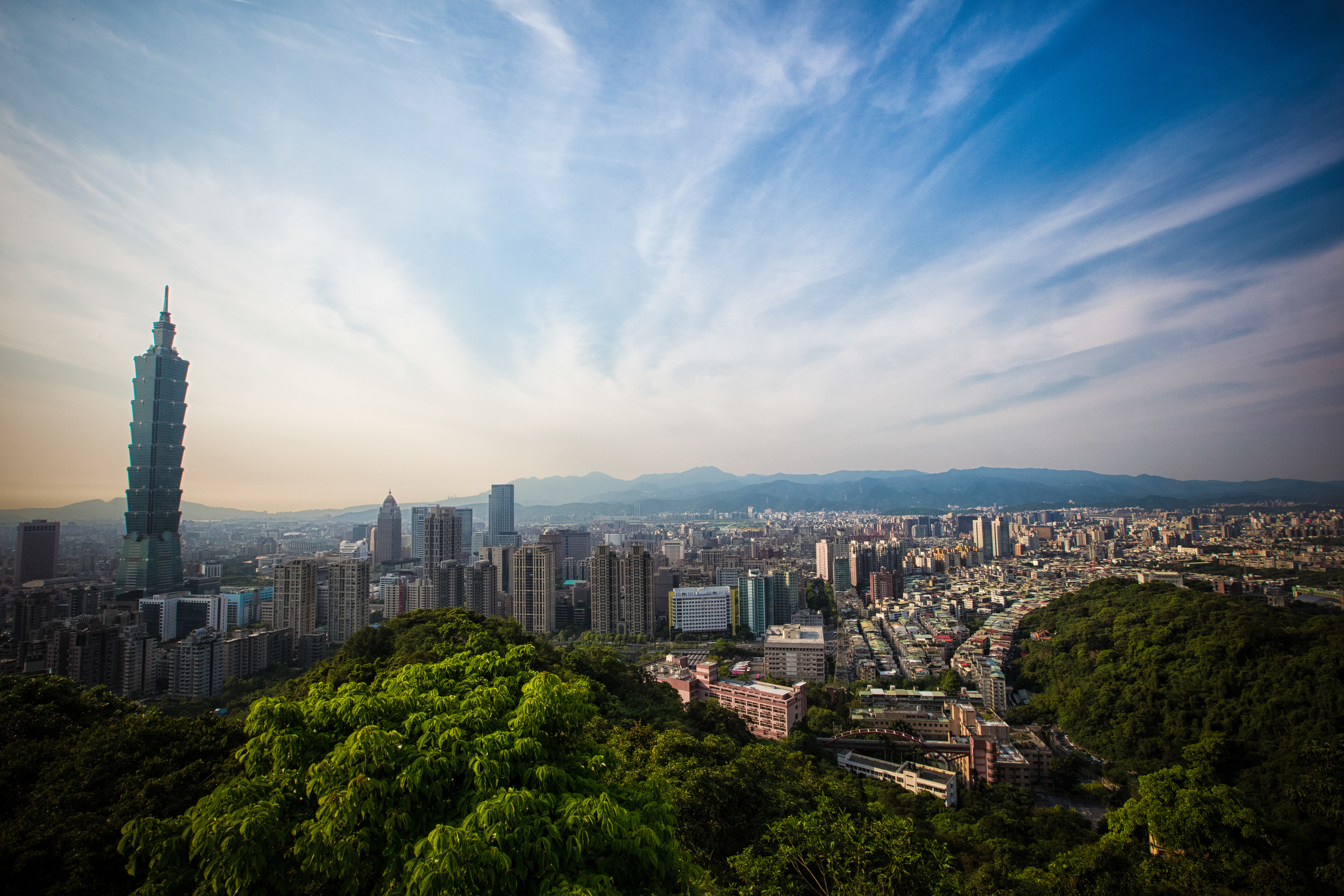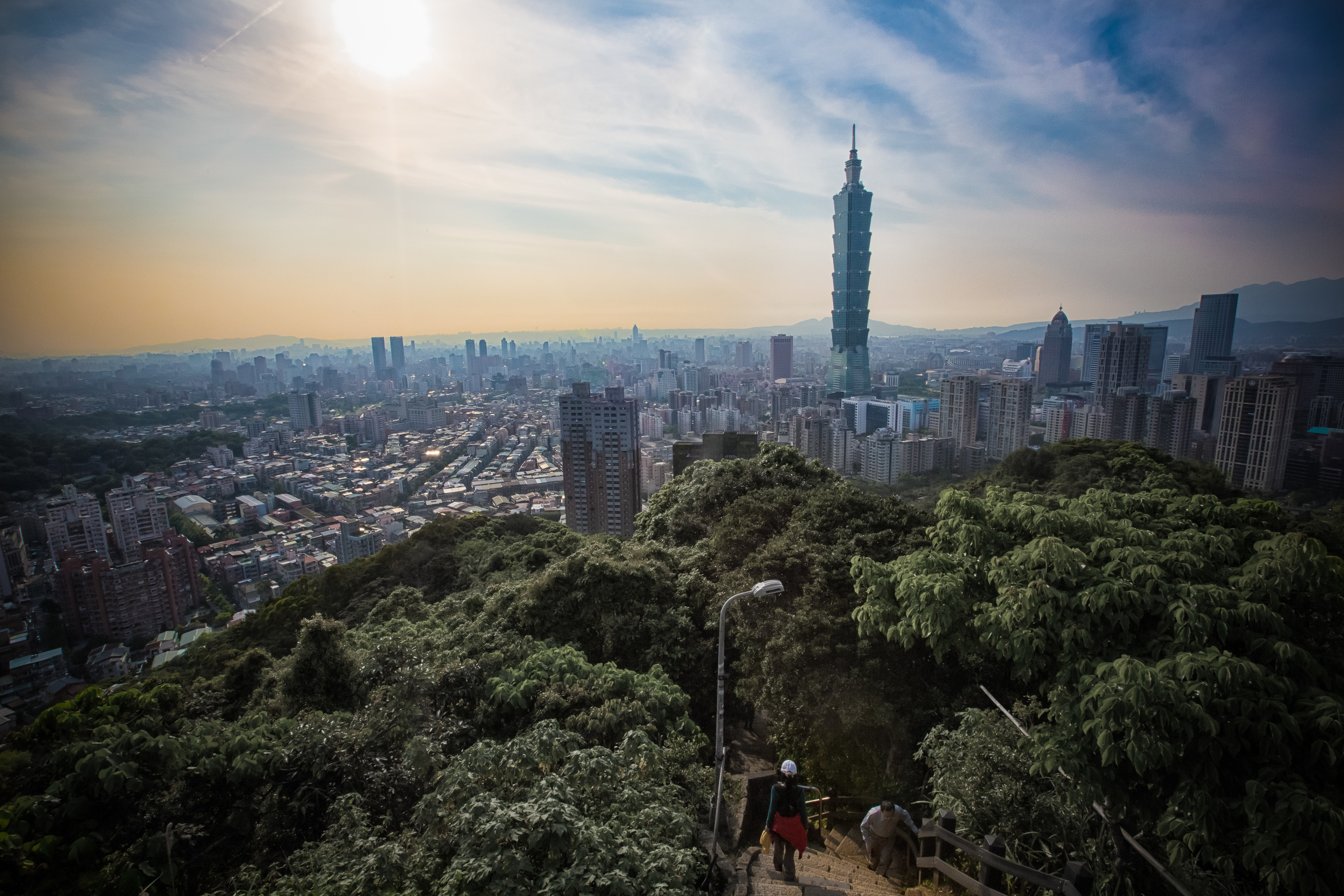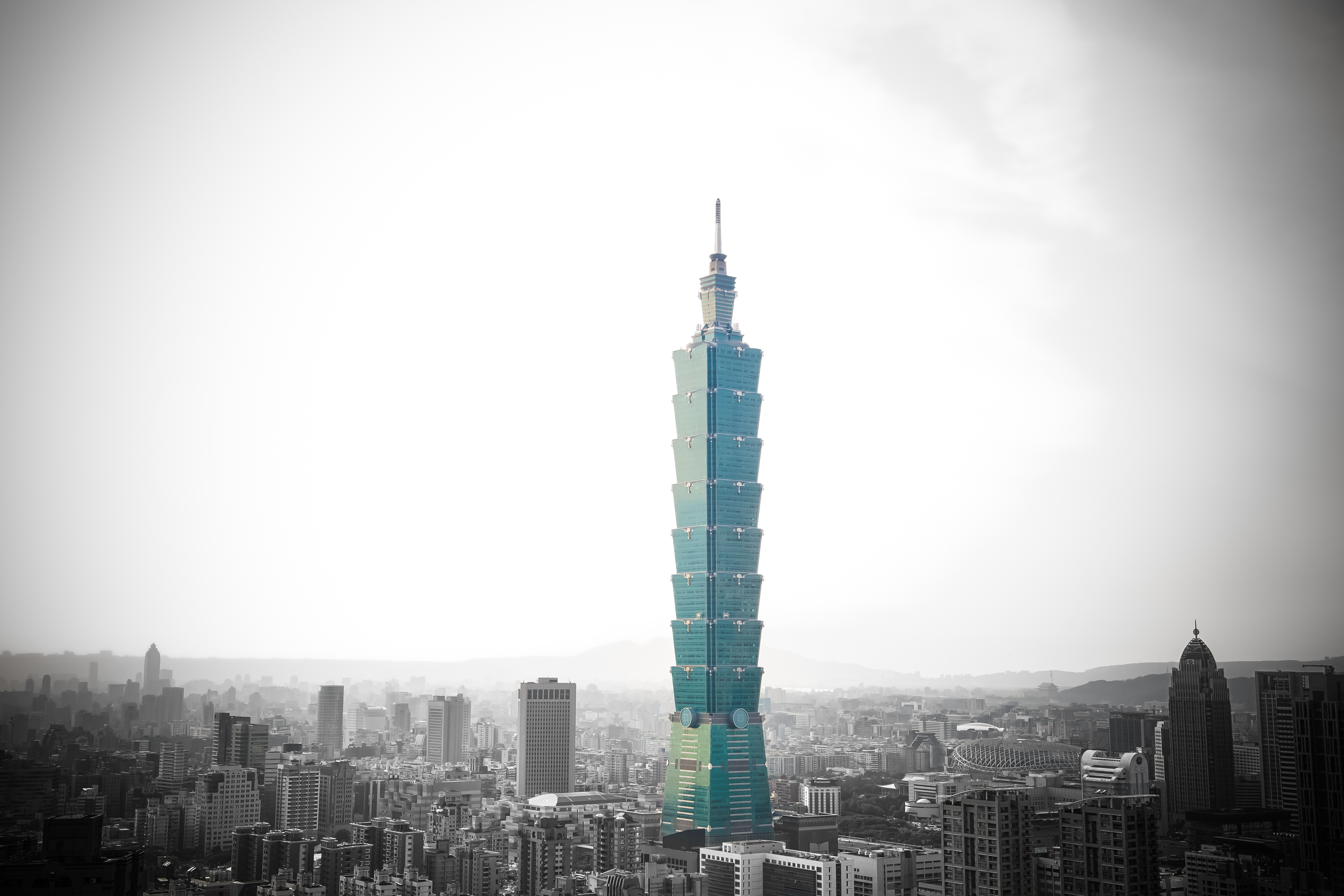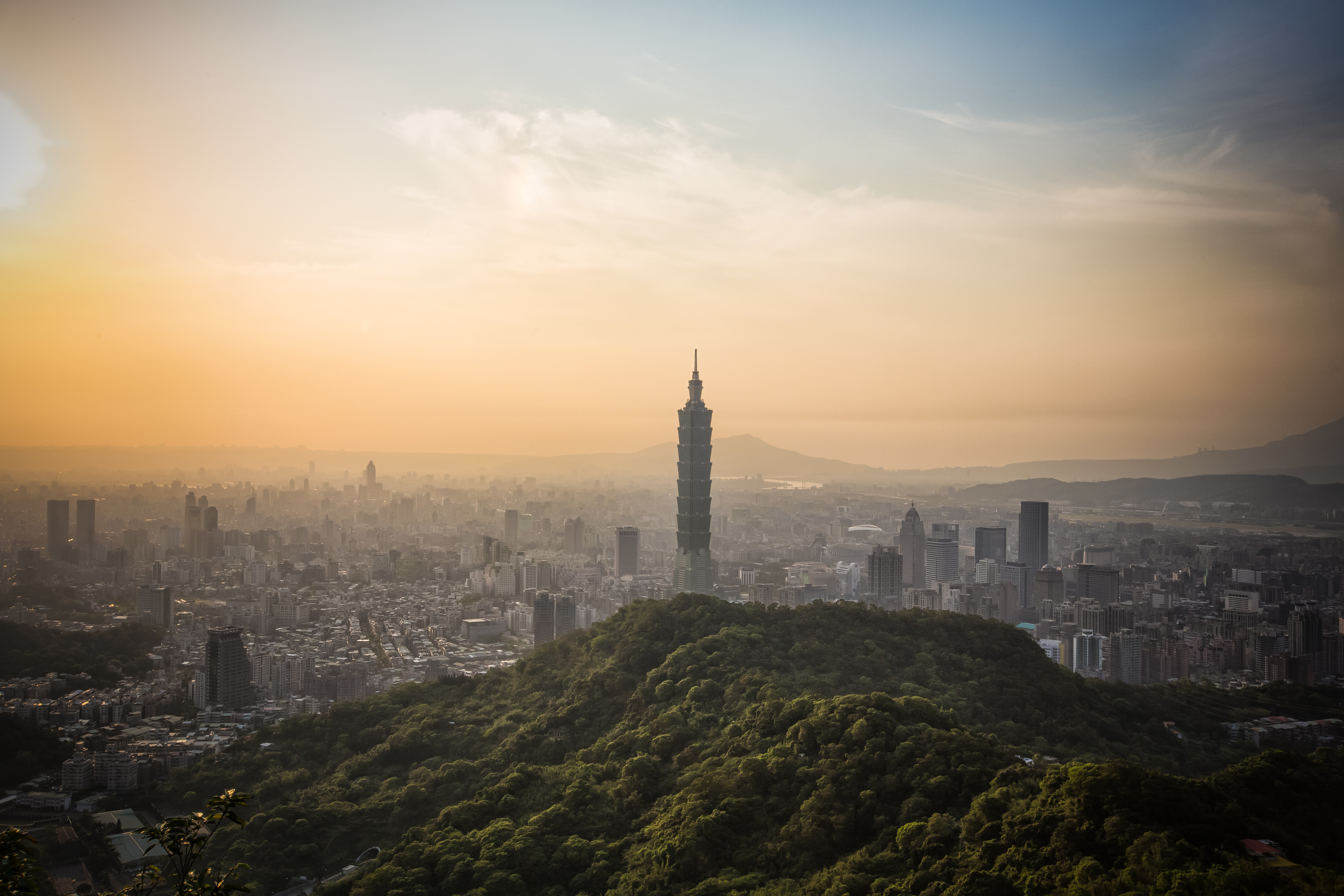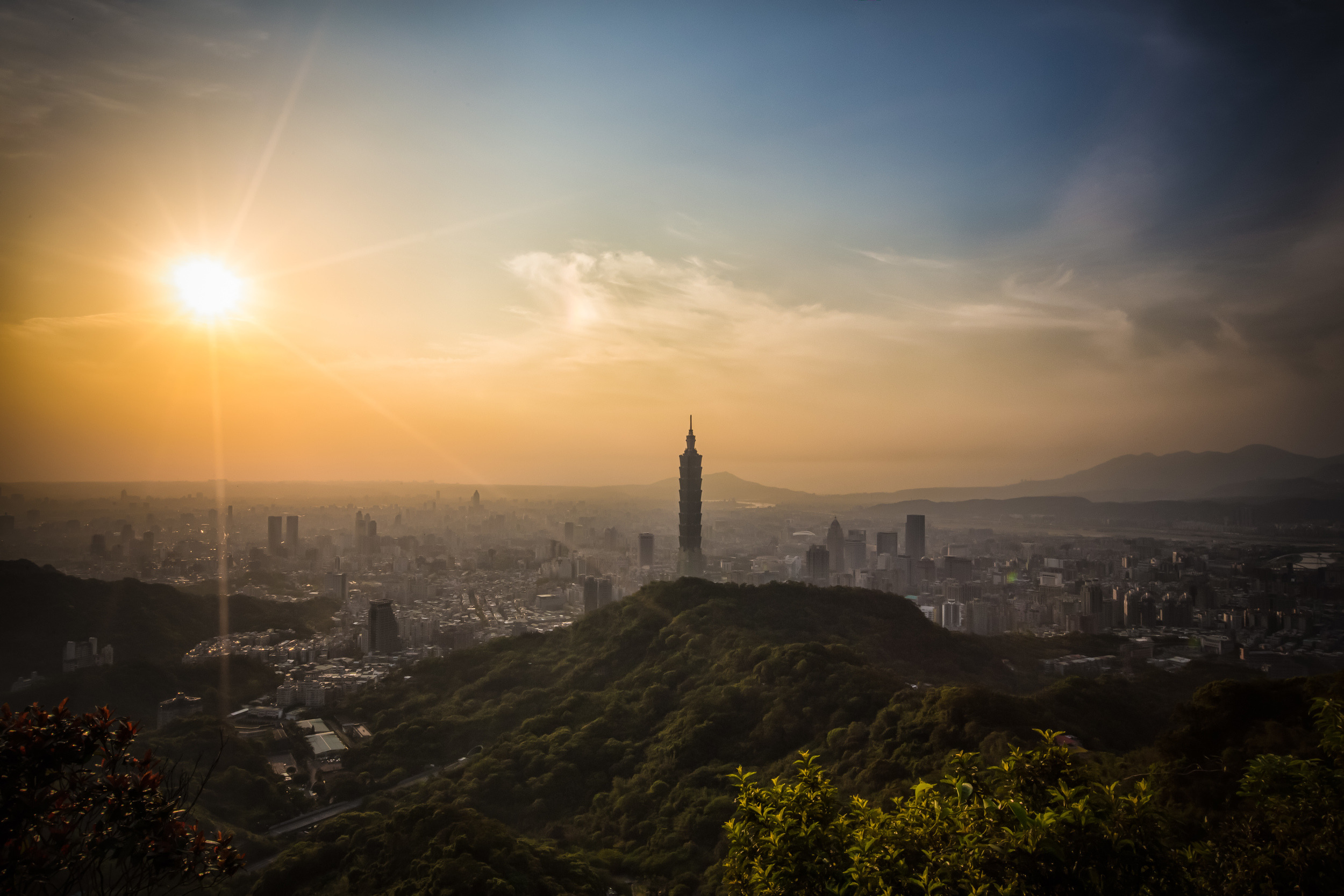The Lions Head Mountain Scenic Area (獅頭山風景區) or "Shitoushan" is one of Taiwan's designated national scenic areas covering over 24,000 hectares of land in both Hsinchu and Miaoli counties. The mountain is considered sacred to Taiwanese Buddhists and is a popular weekend tourist spot due to the amount of temples, shrines and monasteries that make their home throughout the mountain.
The Shitoushan area is also well known for its importance to the Hakka communities which have settled in the areas around the mountain in villages like Beipu (北埔), Nanzhuang (南庄) and Sanwan (三灣) as well as being important to the Saisiyat Indigenous Tribe (賽夏族) who have traditionally inhabited the area.
There are eight well developed hiking trails all of which are several kilometres long and take you through beautiful mountain landscapes with lush forests and river streams. The trails are quite popular as they do not require much in the form of hiking skill or experience and seem more like a brisk walk than actual hiking.
Aside from the natural beauty of the mountain and the well developed hiking trails, one of the main reasons why this mountain is such a tourist destination is because of the amount of temples and monasteries which can be found throughout the mountain. Lion's Head Mountain has been described as being almost "zen-like" due to the amount of temples and how they interact so peacefully with nature.
While hiking the various trails you will find Buddhist, Taoist and Confucian temples which are either built on top of a cliff or actually built in caves. The construction of the temples and shrines took the preservation of the natural scenery of the mountain and protect the environment into consideration which contributes to the zen-like quality of the temples and a very modern approach to environmentalism for temples that were constructed over a century ago. This is a stark contrast to the "Nature-Loving Wonderland" monastery which is at the base of the mountain on the Hsinchu side.
If you are following the trail you should make sure to pay attention to the markings to be sure that you don't randomly pass by something cool and not notice it. You shouldn't be surprised to find out that some of the monasteries aren't open to visitors on certain days of the week - I visited the mountain a few times while shooting these photos and both times a few of the temples weren't open to the public. If you are planning on visiting a specific temple, make sure to check before heading over that it will in fact be open on the day you are planning to visit!
While you are hiking you are likely to overhear the sounds of Buddhist monks chanting sutras through the mountain trails. The chanting is quite peaceful and it just adds to the effect of hiking through a 'sacred' mountain. You are also likely to meet a few monks or nuns walking along the hiking trails as they need to walk back and forth between their residences, farms and temples.
The monks in Taiwan wear simple grey robes and have shaved heads. They will smile and greet you as they walk by. Don't be afraid to say hello or stop for a quick chat. They don't lead a very exciting life and they appreciate a bit of interaction with the outside world. You don't have to worry about them proselytizing to you or hitting you up for donations.
I'm going to split this blog up into two sections, the first section will cover two of the largest temples on the mountain and the following blog will cover the rest. I'll endeavour to explain as much as I can about the temples on the mountain as there isn't very much English information about them online. The second post will come later in the week and will have a lot more content and photos.
Quan-Hua Temple (勸化堂)
Quan-Hua Temple, the only Taoist temple on Lion’s Head Mountain, was built in 1897 and is the oldest temple on the mountain. The temple is primarily dedicated to the Jade Emperor (玉皇大帝) but there are also shrines set up within the temple to other Taoist deities as well.
The temple is built directly into the side of a mountain cliff and the mountain rises up directly behind the temple, which would actually scare me a bit considering the amount of earthquakes Taiwan has. It would be terrible if the temple was lost to a random landslide.
The inside of the temple boasts an impressive display of antique traditional stone and wood carvings and the view of Fu Tian Temple, the pagoda and the mountain from the courtyard in front of the temple is awesome.
On all my trips to Lion’s Head Mountain the majority of the shots I have taken were from the look off in front of Quan-Hua Temple. I love the view of the mountain below with the roof of Fu Tian Temple in the foreground.
The majority of the temples on the mountain are simple Buddhist monasteries or shrines. Taoist temples in Taiwan on the other hand are extremely ornate. It seems like Quan-Hua Temple has tried to make an effort to tone down a bit of the bling bling to keep the simple and peaceful feeling on the mountain somewhat uniform - That however could be due to the age of the temple and its remoteness.
No matter how you look at it though, both Fu Tian Temple and Quan Hua Temple are quite well off and they have been able to expand to offer more services (including somewhat of a hotel and restaurant) than you usually get with a Buddhist or Taoist temple.
Quan-Hua Temple Pagoda (勸化堂寶塔)
The Quan-Hua Temple Pagoda is always easily visible from atop the mountain, but getting to it actually isn't that easy. The reason for this is that the pagoda is used to house burial remains of temple elders and followers. Truthfully the pagoda looks much better from far away and getting up close and personal with it is kind of disappointing as it looks much cooler rising up out of the mountain from far away.
If you visit the temple, make sure to spend some time checking out the beautiful stone and wood carvings that line the walls at the entrance and around the shrines. Also, if you'd like to spend the night on the mountain, Quan-Hua temple (In conjunction with its neighbour) offer simple guest rooms to visitors with vegetarian meals provided.
Fu Tian Temple (輔天宮)
Fu Tian Temple is a Buddhist temple built during the Japanese Colonial Period in Taiwan. The temple was completed in 1915 and despite having all the traditional Taiwanese design aspects of a temple adhering to Feng Shui (including the direction the temple faces, the courtyard style building, a main hall, bell tower, etc.) it is still a living testament to the Japanese influence on the people at the time.
The main shrine of the temple is dedicated to Ksitigarbha Buddha (地藏菩薩) a popular Japanese Bodhisattva commonly referred to as “Jizo” in Japanese - It is common to see Ksitigarbha in Taiwanese Buddhist temples, but not as common in China.
If you are entering the Lion’s Head Mountain hiking trails from the Miaoli side, Fu Tian Temple will be the first temple to greet you on your hike. The temple (in conjunction with Quan Hua Temple) has a large parking lot for visitors and there are lots of vendors who set up shop on weekends selling (mostly vegetarian) snacks and drinks to the people who are hiking the mountain or visiting the temple.
The temple is a short walk up a steep set of steps and is probably the most arduous part of hiking Lion’s Head Mountain for people who aren't avid hikers.
That will be it for the first post about Lion's Head Mountain. I will post the second and final part later in the week. The second part will probably be a bit longer than this one with a lot more photos so be sure to watch for it!
If you have any questions, corrections or comments don't be shy and contact me through the comment section below or through my contact page.














